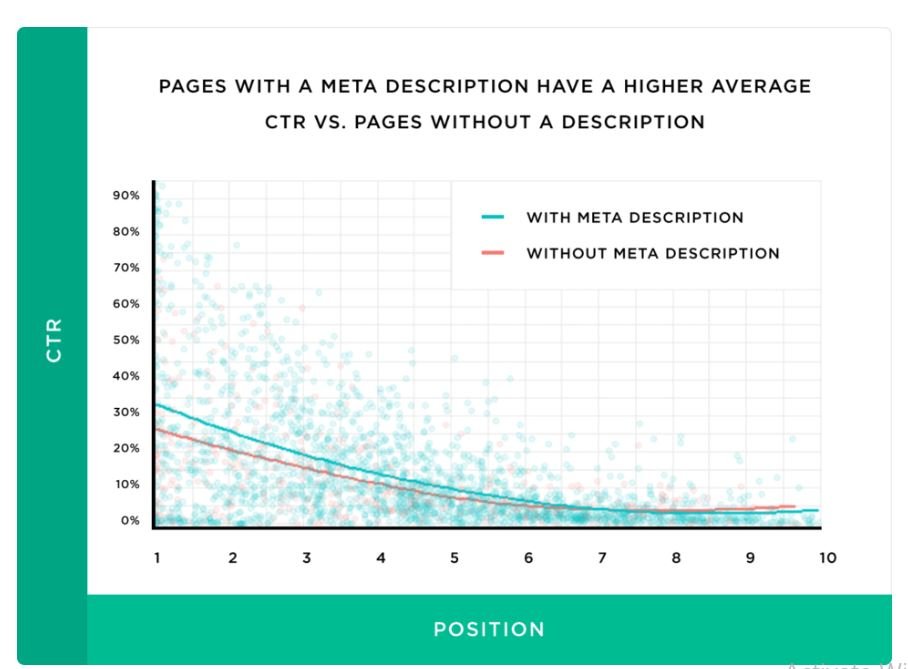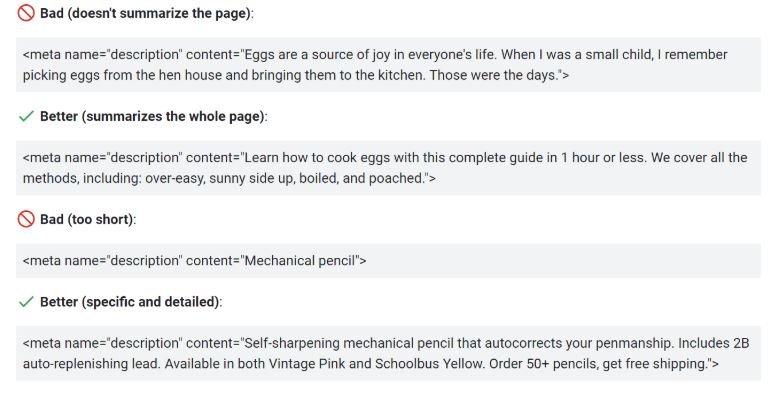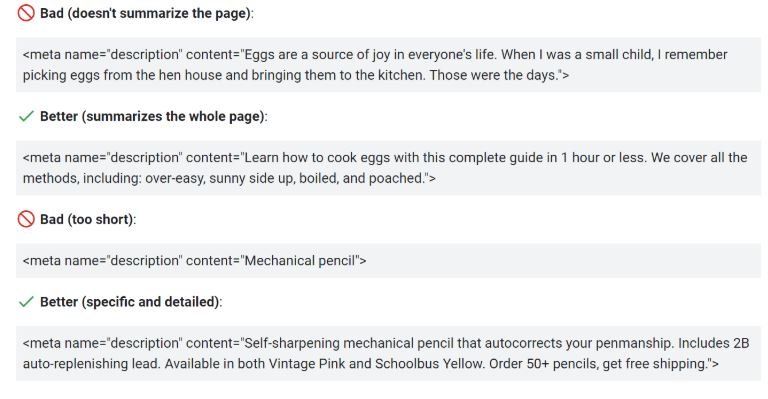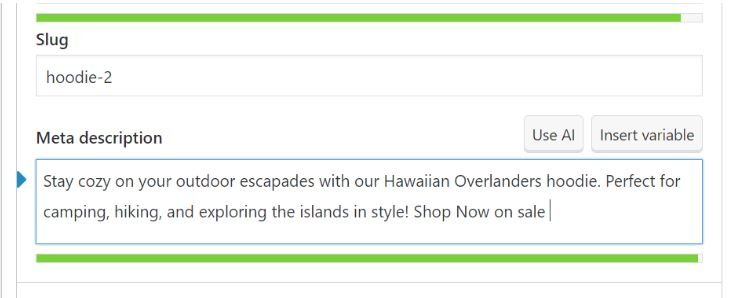At SpeedX Marketing, we are a leading provider of innovative IT solutions tailored to meet your specific business needs. With years of expertise and a team of skilled professionals, we offer cutting-edge technology solutions that drive growth and efficiency.

Writing an effective meta description is crucial for optimizing web content and enhancing its visibility on search engine results pages (SERPs). A meta description serves as a concise summary of a webpage’s content, providing users with a glimpse of what to expect before they click through. Crafting a compelling meta description involves balancing brevity with descriptive clarity, strategically incorporating relevant keywords, and enticing users to engage further with the content. In this guide, we’ll explore the essential elements and best practices for writing captivating meta descriptions that drive traffic and improve SEO performance.
A meta description is an HTML attribute that provides a brief summary of the content of a webpage. It typically appears beneath the title tag in search engine results pages (SERPs), offering users a preview of what the page is about. Meta descriptions play a crucial role in improving click-through rates and SEO performance by providing users with relevant information and enticing them to visit the webpage. Here’s the HTML code for a meta description:
<meta name=”description” content=”Insert your concise summary here”>
While it’s true that major search engines like Google and Bing have largely stopped directly using meta descriptions in their ranking algorithms, these concise snippets of text still play a crucial role in improving organic click-through rates (CTR). Research indicates that pages with well-crafted meta descriptions tend to receive more clicks, leading to increased user engagement. For instance, a comprehensive analysis of 5 million Google search results revealed that pages with meta descriptions experienced an average of 5.8% more clicks compared to those lacking meta descriptions. This suggests that while meta descriptions may not directly affect rankings, they indirectly contribute to SEO performance by driving traffic and enhancing user interaction with search results.

Writing meta descriptions is essential for several reasons:
Overall, writing meta descriptions is crucial for maximizing visibility, attracting clicks, and providing users with a positive experience when interacting with your website in search results.
Google often rewrites meta descriptions to provide users with the most relevant and accurate information for their search queries. While snippets are primarily generated from page content, Google may utilize the meta description if it better encapsulates the page’s essence. However, the search snippet can also be derived from visible webpage content. Google’s guidelines prioritize the accuracy of the meta description but may rewrite it if deemed necessary. This practice, automated by Google for years, ensures optimal search result relevance, with studies showing meta description rewriting occurring in up to 70% of cases.
Let’s delve into the details of this process.
Google does have the capability to rewrite meta descriptions in certain situations, but the extent to which this occurs can vary. Website owners should focus on creating high-quality meta descriptions while understanding that Google may occasionally choose to modify them for relevance, snippet optimization, or other reasons.
When crafting meta descriptions, it’s crucial to strike a balance between providing enough information to engage users and ensuring the snippet fits within the space allotted by search engines. While there’s technically no strict character limit for meta descriptions by Google, it’s generally recommended to keep them around 155-160 characters to ensure they don’t get cut off in search results. This translates to approximately 920-960 pixels in width, ensuring the description remains visible across various devices without truncation. By adhering to this guideline, website owners can optimize their meta descriptions to effectively entice users and improve click-through rates from search engine results pages.
Crafting the perfect meta description is crucial for enticing clicks and improving your site’s visibility on search engine results pages (SERPs). Here are some strategies to ensure your meta descriptions stand out:
“Answer the Question” is a fundamental principle in crafting effective meta descriptions for web content. When users perform a search, they usually have a specific question or need in mind. Your meta description should directly address this question or need to increase the likelihood of your page being clicked on.
To implement this principle effectively, it’s crucial to understand the intent behind the user’s query. Users search with various intentions, such as seeking information, looking to make a purchase, or wanting to solve a problem. By analyzing the search query and understanding the user’s intent, you can tailor your meta description to provide a clear and relevant answer or solution.
For example, if someone searches for “best hiking trails in California,” they are likely looking for information on hiking destinations. Your meta description should succinctly highlight the key features of your content that address this query, such as providing a list of top hiking trails, highlighting scenic routes, or mentioning difficulty levels.
By directly addressing the user’s question or need in your meta description, you not only increase the chances of your page being clicked on but also enhance user satisfaction. When users find the information they’re looking for quickly and easily, they are more likely to engage with your content, leading to higher click-through rates and potentially improved search rankings.
In essence, “Answer the Question” in meta descriptions is about aligning your content with user intent and providing valuable information or solutions that fulfill their needs. This approach not only benefits users but also improves the visibility and relevance of your website in search engine results.

In this meta description, we answer the user’s query by highlighting the best hiking trails in Switzerland, including famous routes such as the Eiger Trail, Matterhorn Glacier Trail, and Swiss Path. This adheres to the rule of providing relevant information that directly addresses the user’s search intent within the limited character count.
Providing a solution in your content involves showcasing how your material effectively resolves a specific issue or tackles a challenge encountered by your target audience. This entails offering insight into the benefits and outcomes readers can expect by engaging with your content. By clearly demonstrating how your content addresses their pain points or fulfills their needs, you establish credibility and relevance, enticing readers to delve deeper into your material. Whether it’s offering practical advice, sharing expert insights, or presenting innovative strategies, emphasizing the value proposition of your content encourages audience engagement and fosters trust, ultimately driving them towards action and further interaction with your brand.

Picture Credit: Google
When crafting meta descriptions, it’s crucial to keep them concise, usually under 160 characters. This brevity ensures that the description is clear and to the point, grabbing the attention of users while providing them with relevant information. Think of it as similar to crafting a tweet, where you have limited characters to convey your message effectively. By adhering to this guideline, you ensure that your meta description is concise, impactful, and optimized for search engines, improving the likelihood of users clicking through to your website.

Google guidelines about meta description
Avoiding keyword stuffing in meta descriptions is crucial for maintaining a balance between search engine optimization (SEO) and user experience. Although keywords play a significant role in helping search engines understand the relevance of your content to a user’s query, it’s essential to incorporate them organically. Overloading your meta description with keywords can not only make it seem unnatural and spammy but also diminish its effectiveness in attracting clicks. Users are more likely to click on a meta description that reads smoothly and provides valuable information rather than one that seems forced or repetitive. Therefore, striking the right balance between including relevant keywords and crafting compelling, readable descriptions is key to maximizing the impact of your meta tags on search engine results pages (SERPs).

Picture Credit: Google Search Central
When crafting meta descriptions, it’s essential to prioritize engagement and uniqueness. Start by using language that grabs readers’ attention and reflects the personality or tone of your content. Avoid generic descriptions and strive for originality to stand out from competitors. Tailor your language to your target audience, whether it’s playful, informative, or authoritative, to create a connection. For different types of websites, consider tailoring your approach: for e-commerce sites, highlight unique selling points or promotions; for informational sites, tease intriguing insights or solutions to problems; for entertainment sites, evoke curiosity or excitement about the content. Ultimately, aim to create meta descriptions that not only summarize your content accurately but also compel users to click through by offering something intriguing and valuable.

Picture Credit: Google Search Central
Incorporating a call-to-action (CTA) into your meta description is a strategic move to encourage user engagement and drive specific actions that align with your content goals. A well-crafted CTA not only compels users to take action but also instills a sense of urgency or importance, prompting them to act immediately. Let’s delve into the details of how to create an effective CTA for your meta description:
By following these guidelines and tailoring your CTA to your content goals and audience preferences, you can create a meta description that not only attracts attention but also encourages users to take the desired action, ultimately driving meaningful results for your business or website.

Adding a ‘Shop Now’ CTA on sale items in your meta description effectively urges users to take action and capitalize on discounted offers.
Incorporating targeted keywords strategically within your meta descriptions can significantly enhance visibility and attract users who are actively searching for relevant content. While Google has stated that keywords don’t directly influence ranking, they still play a crucial role in catching users’ attention and satisfying their search intent. By aligning your meta descriptions with popular search terms and phrases related to your content, you increase the likelihood of your page being clicked on and visited. However, it’s essential to use keywords judiciously, ensuring they blend seamlessly with the overall message and tone of your description. Focus on relevance and clarity, aiming to provide a concise summary of what users can expect to find on your page. This approach not only improves the user experience but also increases the chances of your content being discovered by those seeking information in your niche.

Google recommends avoiding duplicate meta descriptions across your website as they can harm SEO efforts and fail to provide users with accurate insights into individual page content. Each meta description should be tailored to succinctly summarize the specific information or purpose of the page it represents. For instance, e-commerce sites can highlight product features, benefits, or promotions to encourage clicks, while service-based businesses can emphasize unique selling points or solutions to common problems. Content-driven websites can tease intriguing insights or summaries of articles to capture reader interest. By customizing meta descriptions to align with the content and purpose of each page, you not only enhance SEO integrity but also engage users with relevant and compelling information. It’s important to create unique descriptions for each page to ensure that they accurately describe the specific content, rather than relying on identical or similar descriptions across the site, especially in search results. If creating unique descriptions for every page is challenging, prioritize critical URLs like the home page and popular pages to optimize user experience and search visibility.
Analyzing competitor strategies through comprehensive SERP (Search Engine Results Page) research provides invaluable insights into effective meta descriptions, guiding the optimization of your own. By scrutinizing competitors’ meta descriptions, you gain an understanding of what resonates with the audience, what keywords are utilized, and how value propositions are communicated. This research not only offers inspiration for crafting compelling and relevant meta descriptions but also allows you to identify gaps or areas for improvement in your content strategy. Through the examination of competitor tactics, you can refine your approach, tailor your messaging, and ultimately increase your visibility and click-through rates on search engine results pages.
Understanding your customer’s journey is pivotal in crafting effective meta descriptions that resonate with your target audience. By meticulously mapping out their buying journey, from initial awareness to final purchase decision, you can tailor your meta descriptions to align seamlessly with each stage of the marketing funnel. At the awareness stage, focus on capturing attention and generating interest with meta descriptions that highlight the problem or need your product or service addresses. Transitioning to the consideration stage, emphasize the unique value proposition and benefits to guide potential customers towards considering your offering. Finally, at the decision stage, instill confidence and create a sense of urgency through compelling CTAs that prompt action, whether it’s making a purchase, signing up for a trial, or contacting your business. By aligning your meta descriptions with the customer’s journey, you can effectively engage your audience and drive them towards conversion.
Crafting effective meta descriptions is a critical component of content marketing strategy. These concise snippets of text play a pivotal role in influencing user engagement, click-through rates, and ultimately, website traffic and conversions. A meta description serves as a brief summary of a web page’s content, providing users with valuable information about what to expect before clicking through to the site. It serves as a gateway to your content, enticing users to visit your website while also signaling relevance to search engines. Understanding the importance of meta descriptions lies in their ability to improve search engine visibility, enhance user experience, and drive targeted traffic to your site. To optimize meta descriptions, businesses should focus on incorporating relevant keywords, crafting compelling and concise copy, incorporating a call-to-action to encourage action, and ensuring alignment with the user’s search intent. By employing these strategies and continuously monitoring performance metrics, businesses can maximize the effectiveness of their meta descriptions and achieve their marketing objectives in the com
